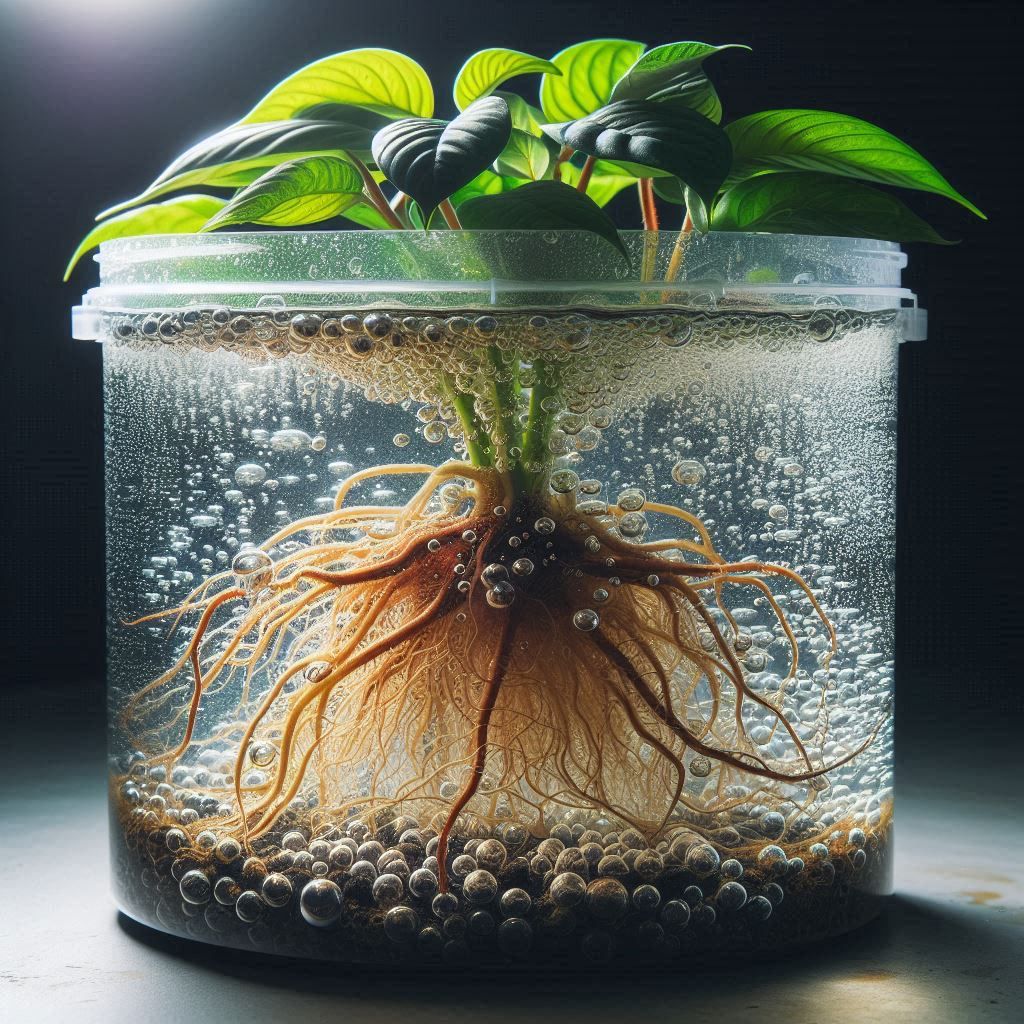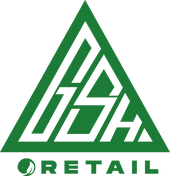The Importance of Water Temperature, pH, EC, and Aeration in Hydroponics

The Importance of Water Temperature, pH, EC, and Aeration in Hydroponics
Hydroponics, the method of growing plants without soil, relies on precise control of various environmental factors to achieve healthy, thriving plants. Unlike traditional soil-based gardening, hydroponics places greater emphasis on managing nutrient solutions, water temperature, pH, electrical conductivity (EC), and aeration. These factors play a pivotal role in ensuring optimal nutrient uptake, plant growth, and overall system efficiency. In this blog, we’ll dive into the critical importance of water temperature, pH, EC, and proper aeration in hydroponics.
1. Water Temperature: Why It Matters
Water temperature is one of the most crucial yet often overlooked factors in a hydroponic system. The temperature of the nutrient solution influences nutrient uptake, oxygen levels, and the health of both the roots and beneficial microbes in the solution.
Ideal Temperature Range
For most hydroponic systems, the optimal water temperature falls between 65°F and 75°F (18°C to 24°C). Temperatures outside this range can lead to a variety of issues:
- Too cold (< 65°F / 18°C):** When water is too cold, nutrient uptake by the plant roots slows down. The metabolic processes of the plant also slow, which can stunt growth. Cold water can also reduce the dissolved oxygen in the solution, stressing the plant roots.
- Too warm (> 75°F / 24°C):** Water that is too warm can encourage the growth of harmful bacteria and pathogens, potentially leading to root rot. It can also reduce the oxygen levels in the water, depriving the roots of essential oxygen for healthy growth.
Additionally, warmer water increases the evaporation rate, which can cause the nutrient solution to become overly concentrated, altering its pH and EC levels.
To maintain the ideal water temperature, consider using water chillers in warmer environments, or heaters in cooler climates, especially if you are growing in an indoor or climate-controlled space.
2. PH: The Key to Nutrient Availability
The pH level of your nutrient solution determines the availability of nutrients to your plants. In hydroponics, plants rely on water-soluble nutrients, and the pH influences how well those nutrients are absorbed by the roots. If the pH is too high (alkaline) or too low (acidic), certain essential nutrients become less available to plants, leading to deficiencies and poor growth.
Optimal pH Range
For most hydroponic systems, the ideal pH range is between 5.5 and 6.5, though some crops, like lettuce, may prefer slightly lower levels, and others, like tomatoes, may do better with slightly higher levels.
- PH too low (< 5.5):** Nutrients like phosphorus, calcium, and magnesium become less available to the plants, which can lead to nutrient deficiencies.
- PH too high (> 6.5):** Nutrient lockout occurs for certain essential minerals, particularly iron, manganese, and zinc, resulting in poor plant development.
Regular monitoring and adjustment of the pH are necessary to maintain this balance. pH meters and pH adjusters (acidic or alkaline solutions) are essential tools in this process. You can also use a pH buffer to help stabilize fluctuations.
3. Electrical Conductivity (EC): Measuring Nutrient Strength
Electrical conductivity (EC) is a measure of the dissolved salts (nutrient concentration) in your water. By monitoring EC, you can gauge the strength of your nutrient solution and make sure that your plants are receiving the right amount of nutrients.
EC and Nutrient Solution Strength
EC is measured in microsiemens per centimeter (µS/cm), and different stages of plant growth require different nutrient strengths. For example, seedlings and young plants require a lower EC, while mature plants in the flowering or fruiting stage may need a higher EC to support increased nutrient demands.
- Low EC (< 1.0): If your EC is too low, the nutrient solution is diluted, and your plants may experience nutrient deficiencies.
- High EC (> 3.0): On the other hand, a high EC could indicate over-fertilization, leading to nutrient burn, root stress, and even plant death if not corrected.
For most systems, an EC between 1.5 and 2.5 µS/cm is ideal, but this can vary based on the plant species you’re growing. Regular monitoring with an EC meter will help you keep your nutrient solution balanced and optimized.
4. Proper Aeration: Oxygen for Roots and Microbes
Roots need oxygen to function properly, and in hydroponics, ensuring that your nutrient solution is adequately aerated is just as important as the nutrients you supply. Without sufficient oxygen, the roots can suffocate, leading to stunted growth or root rot. Additionally, aerobic bacteria in the solution help break down organic matter, keeping the solution clean and reducing the risk of pathogens.
The Role of Aeration
The primary method of providing oxygen to the roots is by using air pumps, air stones, or diffusers. These devices create small bubbles in the nutrient solution, increasing the surface area for gas exchange and ensuring the solution remains oxygenated.
- Aeration and Root Health: With proper aeration, oxygen can dissolve in the water, making it available to the plant roots. This helps prevent oxygen stress, encourages healthy root development, and supports the absorption of nutrients.
- Aeration and Microbial Activity: In addition to oxygenating the water for your plants, aeration also promotes the growth of beneficial microbes. These microbes can help break down organic material in the nutrient solution, prevent the growth of harmful pathogens, and improve the overall health of the hydroponic system.
Air Pumps & Stones: Air pumps are commonly used to provide aeration in hydroponic systems. These pumps push air through tubes connected to air stones or diffusers, which disperse the air into fine bubbles. The fine bubbles ensure that oxygen is distributed evenly throughout the nutrient solution. Choosing an appropriately sized air pump for the size of your system is essential to ensure adequate oxygenation.
5. Mixing and Maintaining Nutrient Solutions
Another essential factor in hydroponic success is ensuring that the nutrient solution is properly mixed. Even with the right pH, EC, and temperature, a poorly mixed solution can lead to uneven nutrient availability or inconsistent pH levels.
Regular Mixing with Pumps
Hydroponic pumps are designed to circulate the nutrient solution throughout the system. Continuous or periodic mixing of the solution ensures that the nutrients are evenly distributed, preventing localized nutrient imbalances. In systems with larger reservoirs, pumps help keep the water moving, ensuring that the roots are consistently exposed to nutrients and oxygen.
Monitoring and Maintenance
It's important to regularly check the nutrient solution for any signs of sediment or imbalance. Over time, nutrients can precipitate out of solution or settle at the bottom of the reservoir. A good pump system will help keep the nutrients in suspension, ensuring they are always available to the plants.
Conclusion
In hydroponics, maintaining the ideal water temperature, pH, EC, and aeration is critical for plant health and growth. These factors work together to create an environment in which plants can efficiently absorb nutrients, oxygen, and water. Regular monitoring and adjustments will ensure that your hydroponic system remains optimized, allowing your plants to thrive.
Investing in quality equipment, such as pumps, air stones, pH meters, EC meters and water heaters is key to maintaining a balanced and healthy nutrient solution. By taking the time to fine-tune these variables, you'll set your hydroponic garden up for success, achieving robust plant growth and high yields.
